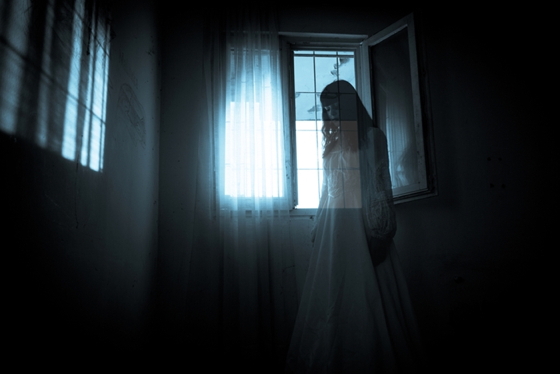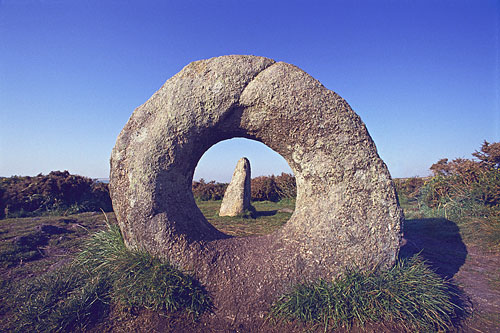Sun 25 Feb 2024
All Weird Things, Episode 9 – Sleep Paralysis and Shadow People
Posted by PJ under 18th avenue, all weird things, hauntings, illness, mom, shadow people, sleep paralysis syndrome
No Comments
This blog features a guest appearance from my friend Lynn (with her permission and cooperation) who had an experience that dovetailed with one of my own.
When Lynn was eighteen she moved into a small studio apartment above a garage in Ocean Park, a suburb of Santa Monica, California:
During this time, Lynn was having bouts of sleep paralysis syndrome where she would “wake up” but couldn’t move and would get panicky.
This condition is one in which, essentially, the mind “wakes up” before the body’s sleep-suppressed body movement does. In this state (called hypnopompic sleep) it’s still possible to be in a dream state and not realize it. Often times, fearful beings are perceived as being in the room with the sleeper, adding to the terror of the paralysis. These visions have intense clarity, as real as being fully awake. It’s also possible to experience these things while falling asleep (called hynagogic sleep).
Lynn’s bouts of sleep paralysis lasted from her late teens to her early twenties. Some people have this condition for years, others only occasionally or once in a lifetime. It often corresponds with stress but may also have a genetic component. Science is still figuring this out.
The paranormal community (and indeed many traditions around the world) say that although sleep paralysis explains some of these experiences, there may also be times when the visitations are real—an invasion from another dimension, et al., when we are at our most open and vulnerable in sleep.
One incident in particular was significant for Lynn:
I find the illness aspect of this quite fascinating. Many years back, my mother got an infection that went undiagnosed until it reached her bloodstream and made her very sick. She almost died and was in the hospital for over a week while they pumped massive doses of antibiotics into her. She told me later that one night in the hospital she woke to see three tall, shadowy figures standing in the corner of the room. They said to her, “You can let go now if you choose and come with us, or you can choose to stay. But if you stay, things will get much harder.” My mother, ever the fighter, told them she wasn’t ready to go yet and they disappeared. Her infection finally came under control enough that she could go home and continue the antibiotics there.
But they were right. Mom had been suffering from kidney disease before this but not at the point of dialysis. That infection pushed her over the edge into end stage kidney disease and she had to start dialysis soon after. Some years later when she was in a rehab center recovering from a stroke, they appeared to her again and gave her the same message. She still wasn’t ready to give up, they disappeared, and once again, things got tougher. I’ve wondered sometimes if they appeared during her final hospice stay, but by then she was beyond communicating with me. I do know that her time in hospice was very short. She checked out quickly.
Then there’s my own experience.
Several years ago, my roommates and I (one of whom was Lynn) lived in a “haunted” apartment. We all had odd experiences there—but that’s a story for another post. While there, I often woke up sensing a dark cloud hovering over my bed, something evil reaching tentacles out for me while I lay frozen, panicking. I knew that if I could just get myself to move, just reach out to turn on the light, the menace would disappear, but I couldn’t move, couldn’t even blink, only send up fervent prayers for movement and light. Then, all at once like a bubble bursting, I could move, lunged for the light, shot out of bed, panting with terror.
Sometimes instead of the evil cloud I caught a glimpse of a figure I’ve labeled (long after the fact, when I felt safer) the shadow wench. She was a shapely woman figure that looked as if she’d dressed in a black body stocking that went completely over face and head, every speck of flesh covered, no eyes or features visible. Like Lynn’s geometric figure, she was the blackest black I’ve ever seen—no light escaping her, all light absorbed into her. She sat in a chair beside my bed (except there was no chair beside my bed). Unlike the amorphous hovering cloud, I got no sinister sense from her. More like a deep puzzlement and curiosity, perhaps a slight sense of alien judgment, as if examining a specimen. As soon as I moved and turned on the light, she disappeared like all the other phantoms.
Eventually, we moved from that apartment and went our separate ways. My roommates experienced no more weird things, and I had only one more incidence of sleep paralysis in my new place. Many months later, I was diagnosed with thyroid cancer. The doctor said it had probably been responsible for the emotional rollercoaster I’d been on for the previous couple of years—sweeping swings of emotion that came out of nowhere and bore no relation to the events of my life. Oh, and had I been having odd dreams?
Had the shadow wench been a harbinger or just a symptom of a chemical imbalance?
Once the cancerous gland was removed and I was on a stable dose of thyroid hormone, all of that disappeared. I have been cancer-free for many years, and thankfully, sleep paralysis free. Like others, I have never felt sleep paralysis syndrome an adequate explanation for all incursions of weird stuff in night. Perhaps the majority of these experiences can be explained that way, especially in the proximity of beds or comfy chairs, but sometimes weird invasions occur when they can be corroborated by others. People aren’t always in bed. Sometimes they are in their cars, or reading a book, or sitting around a campfire when the strangeness comes creeping in and about them.
And why did my experiences, and those of my roommates, stop as soon as we left that apartment? Why didn’t they continue in the months before I received treatment for my thyroid cancer? I had very intense, weird dreams after that, but only that one incident at the new place of waking up with something creepy in the room. One last farewell appearance before the carny of odd went permanently on the road. At that time, I told it I’d had enough of it’s bullshit and was able to move—I clasped its odd, bulbous white head between my hands and squeezed until it popped like a soap bubble. It got the message and didn’t return.
I’m sure there’s a scientific explanation, perhaps some borderland between illness and otherness, but I do wonder, and always will. Certainly, I have not stopped having uncanny experiences or strange dreams, but my sleep remains mostly untroubled. Thank the gods, and the body chemistry, and the spirits, and the interdimensional beings.









